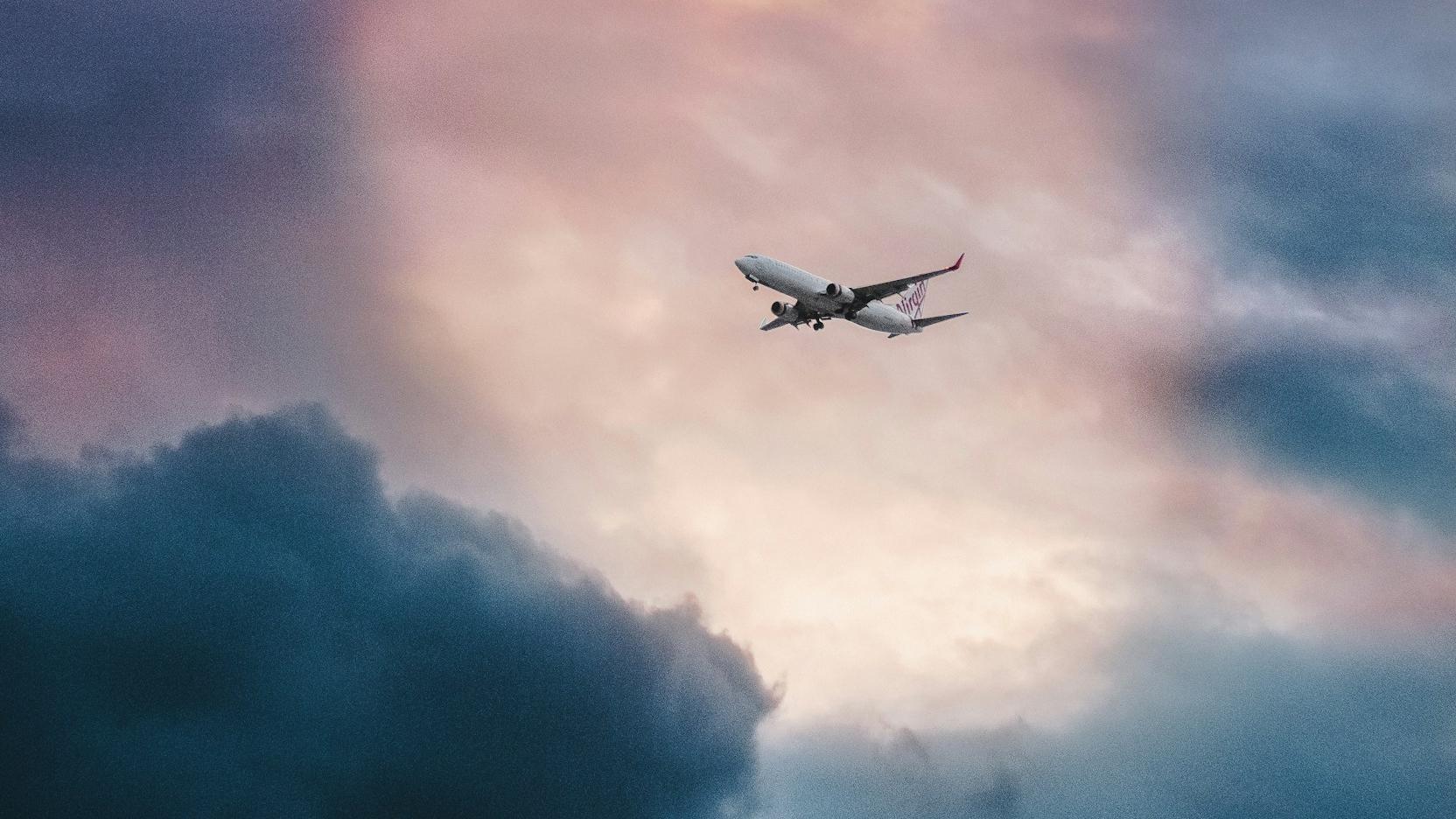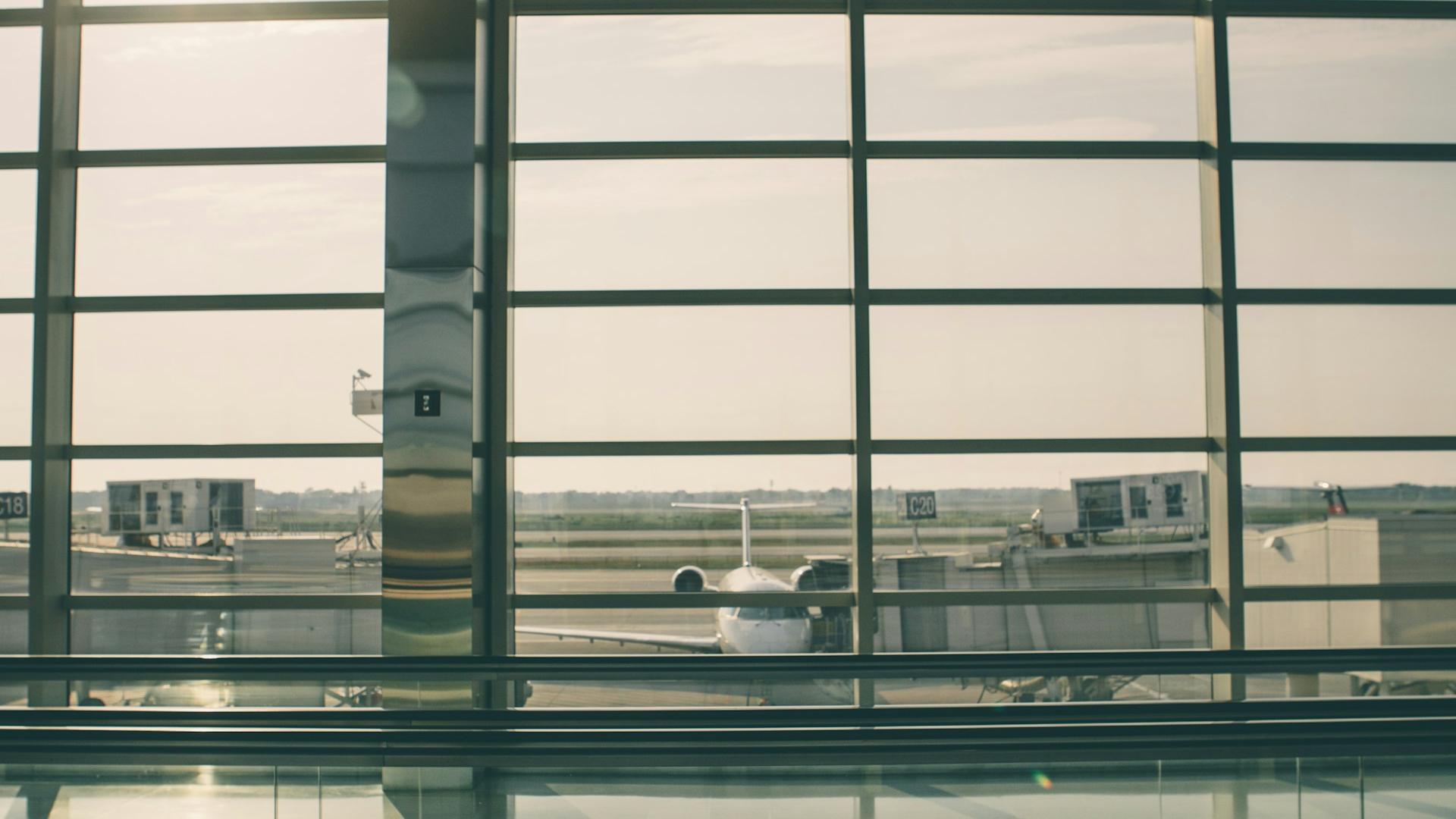
South Korean Plane Crash
On December 29, 2024, a severe air disaster occurred when Jeju Air Flight 7C2216 landed at Jeju International Airport in Mu'an, resulting in 179 fatalities and only two survivors. This incident marks the worst aviation accident to have occurred in South Korea.
The Boeing 737-800 aircraft, carrying 181 passengers and crew members, was en route from Thailand to South Korea. The immediate cause of the accident is suspected to be a bird strike, which led to the loss of power in the right-wing engine.
Additionally, there were indications of a malfunction with the landing gear, which failed to deploy normally. After emitting a distress signal, the aircraft made a belly landing.
However, during the descent, the plane skidded at an extremely high speed on the runway, eventually overshooting it and colliding with airport fencing, subsequently catching fire and exploding. This entire sequence of events constituted a major aviation disaster.
According to the Korea Aerospace Safety Agency (KASA), both "black boxes" from the crashed plane have been retrieved. It will take approximately one month to interpret the damaged flight data recorder, and longer if the damage is severe. The information decoded from these devices will play a crucial role in reconstructing the true sequence of disasters.
During the evening of the 30th, members of the Will Association stated at a press conference that the government had failed to fulfill its promised procedures for retrieving the plane crash victims' remains. The bodies of the deceased were still lying on the ground, suffering varying degrees of damage and decomposition, which was deemed a violation of the victims' final dignity. And they prompted strong criticism of the government's actions.
Following the air disaster, 68,000 Jeju Air tickets were canceled, and a large number of travel bookings were rescinded. The company's share price plummeted at the opening of trading on the 30th, dealing a significant blow to other South Korean airlines as well.
The concrete structures at the end of Mu'an Airport have sparked numerous questions regarding this air disaster. In an interview on December 29, renowned British aviation expert David Learmount pointed out that the concrete buildings, which should not have been present at the end of the runway, were the "real culprit" behind the 179 fatalities.
Some aerospace experts believe that the embankment supporting the "locator" antenna for guiding landings, which was too rigid and too close to the runway, caused the plane to explode.
Other experts have suggested that if the devices at the end of the runway were not made of concrete, the casualties from the disaster might have been less severe.
The scene at the press conference on the airplane disaster was heartbreaking, with many people shedding tears or shouting loudly as the names of the victims were read out.
Some airplane passengers sent their final messages to their families before the disaster. One passenger mentioned in a message that a bird was stuck in the wing and inquired whether he should write a farewell letter. Another passenger, unable to reach his mother on the phone, left a message saying, "Mom, I love you."
A mother who had recently overcome stomach cancer went on a trip to Thailand with her friends, which was her first time traveling abroad, but unfortunately, it became her last. In another case, a family of nine went on a trip by plane to Thailand but ultimately perished in the accident, leaving only a dog at home after this disaster.
To mourn the victims, South Korea entered a seven-day national mourning period starting from the 29th and set up memorial halls in various locations for the public to pay their respects.

The airplane disaster in South Korea has sounded the alarm for global aviation safety
Following this disaster, South Korea's Ministry of Land, Infrastructure, and Transport announced that it would conduct comprehensive special inspections on the 101 Boeing 737-800 aircraft currently operating in the country.
On the 30th, Acting President Choi Sang-mo expressed the need for a safety inspection of South Korea's aviation operating system and called for a comprehensive overhaul of the country's aviation safety system.
Aviation authorities around the world have also vowed to intensify inspections of aircraft equipment, strengthen pilot training, enhance emergency response capabilities, and further refine emergency response plans.
To improve the accident response capabilities of airlines and relevant departments, they should regularly organize relevant emergency drills, further refine emergency response plans, and enhance their operability.
Within airlines, there should be an increased emphasis on safety knowledge and skills training for all employees, with regular drills organized to improve the emergency response capabilities of flight personnel.

As passengers, it is crucial for us to acquire a certain level of first-aid knowledge and skills
While on a plane, there is little we can do in the event of a disaster or an emergency, resorting mainly to prayer for safety and survival. Nevertheless, mastering basic first aid knowledge and skills remains imperative, as they can greatly enhance our chances of staying safe during unexpected situations.
1. Fasten your seatbelt and stay calm
In case of turbulence or other sudden in-flight situations, always ensure your seatbelt is fastened. Additionally, hold onto the armrest tightly nearby, and lean forward with your head resting against the seat in front of you.
2. Locate emergency exits
Upon boarding the plane, immediately identify the location of emergency exits, as they are crucial for evacuation. In the event of a disaster, these exits become lifelines to safety. They are usually marked with bright colors and prominent signage.
3. Seek assistance for discomfort
If you experience any physical discomfort, promptly inform the flight attendants for assistance.
4. Learn to properly wear an oxygen mask
Place the oxygen mask securely over your nose and mouth. Then, pull the elastic band over your head and adjust it until it fits snugly at the back of your head.
5. Brace positions for a forced landing
Follow the flight attendants' instructions and adopt the brace position for impact. Just before the plane touches down, tense your muscles and hold your breath to brace against the sudden impact.
6. Evacuation using emergency slides in the event of a disaster
When evacuating via an inflatable slide, keep your arms extended and fists slightly clenched, or cross your arms in front of you. Position your legs and heels close to the slide surface, bend at the waist, and slide down until you reach the bottom. Immediately move away from the slide to avoid obstructing others.

If you have more ideas, feel free to write an article or create a slideshow to share with us.
Ilovefree is a platform that offers a variety of free AI tools, which you can unlock simply by watching ads.
There are a wealth of templates for you to choose from. The AI assistants can also help you to better organize your thoughts.
Welcome to Ilovefree, where we are here to assist you!

